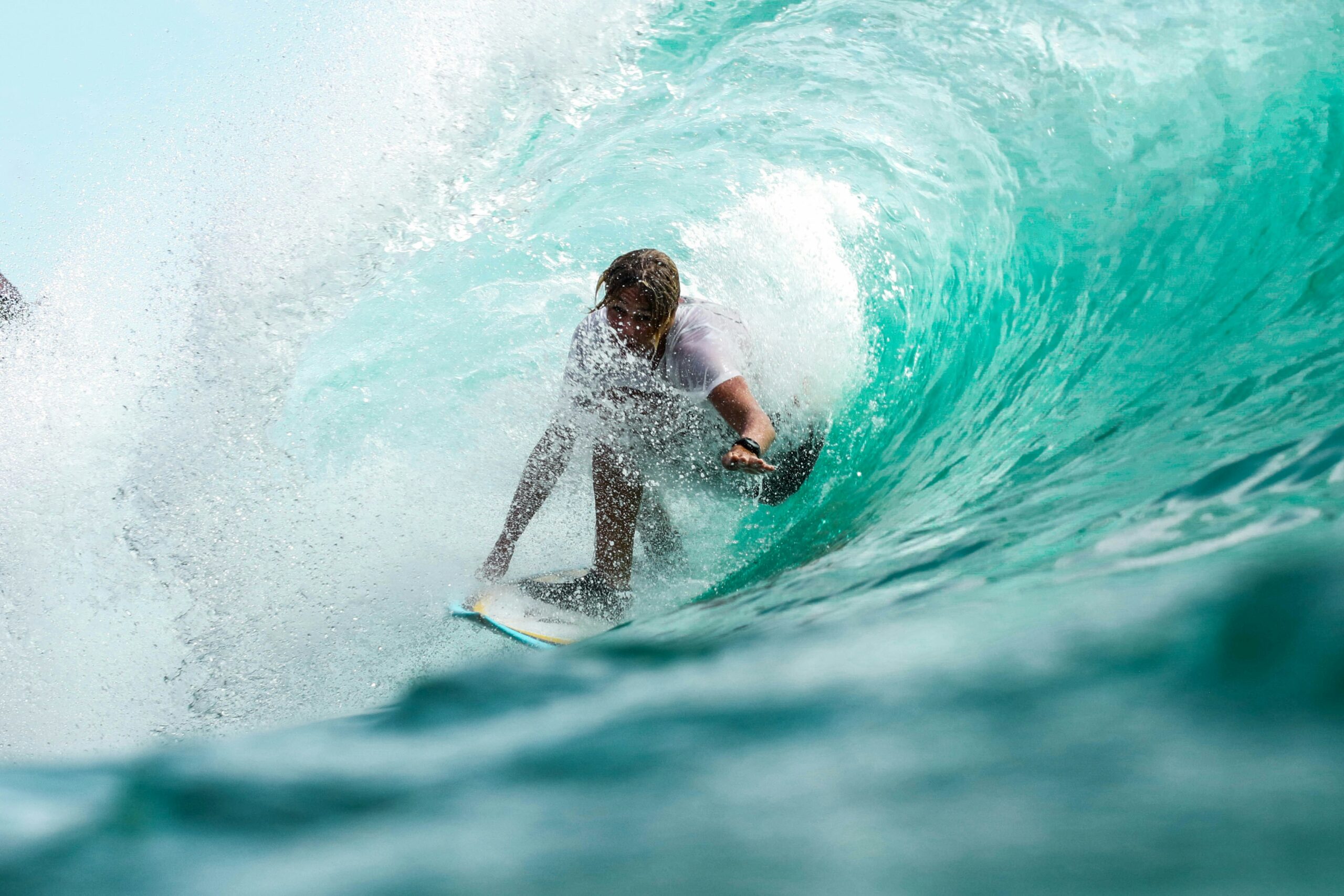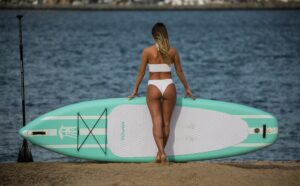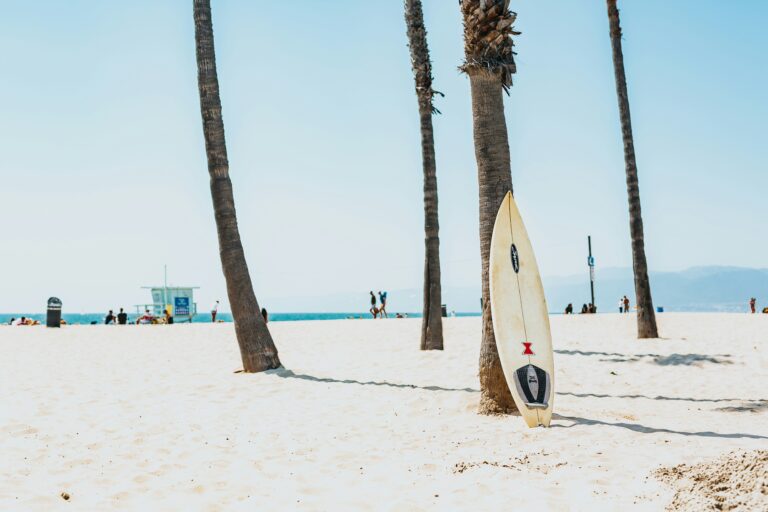Longboarding is more than just a sport; it’s a lifestyle characterized by grace, style, and a deep connection with the ocean. With its roots deeply embedded in the history of surfing, longboarding offers a unique and timeless experience for riders of all ages and skill levels. In this comprehensive guide, we’ll delve into the world of longboarding, exploring its history, techniques, equipment, and the sheer joy it brings to those who embrace it.
History of Longboarding: Longboarding has a rich and storied history that dates back to the early days of surfing. In the 1950s and 1960s, as the sport of surfing gained popularity around the world, longboards became the preferred choice for riders seeking a more stable and relaxed surfing experience. These classic longboards, typically ranging from 8 to 11 feet in length, allowed surfers to gracefully glide across the water’s surface, performing elegant maneuvers such as walking the nose and cross-stepping.
Techniques and Maneuvers: Longboarding is characterized by its emphasis on style, flow, and smooth transitions between maneuvers. Some of the key techniques and maneuvers in longboarding include:
- Nose Riding: One of the most iconic maneuvers in longboarding, nose riding involves walking to the front of the board and perching on the nose while riding the wave. This maneuver requires balance, finesse, and impeccable timing to maintain control and stability.
- Cross-Stepping: Cross-stepping is a classic longboarding maneuver where the surfer walks from one side of the board to the other while maintaining momentum and rhythm. This fluid movement adds style and grace to the rider’s performance, enhancing the overall aesthetic of their surfing.
- Trim and Glide: Longboarders often focus on trimming and gliding across the wave, harnessing its energy to maintain speed and momentum. By shifting their weight and adjusting their positioning on the board, surfers can optimize their ride and maximize the duration of their waves.
- Hang Ten: Hang ten is a challenging maneuver where the surfer walks to the front of the board and hangs all ten toes off the nose while riding the wave. This maneuver requires exceptional balance, control, and confidence, as the surfer balances precariously on the tip of the board.
- Cutback: Similar to traditional surfing, the cutback is a smooth, flowing turn that redirects the surfer’s momentum back towards the breaking part of the wave. Longboarders often incorporate stylish variations of the cutback, adding their own flair and creativity to the maneuver.
Gear and Equipment: Choosing the right gear and equipment is crucial for a rewarding longboarding experience. Here are some essential items every longboarder should have:
- Longboard: Longboards come in a variety of shapes and sizes, ranging from classic single-fins to modern performance models. When choosing a longboard, consider factors such as length, width, thickness, and tail shape to match your riding style and skill level.
- Leash: A leash attaches the surfer’s ankle to the board, preventing it from getting lost in the waves after a wipeout.
- Wax: Surf wax is applied to the surface of the board to provide traction and prevent slipping while riding.
- Wetsuit: Depending on the water temperature, a wetsuit may be necessary to keep the surfer warm and comfortable during long sessions in the water.
- Fins: Fins help stabilize the board and provide control while maneuvering on the wave, with options for different sizes and configurations to suit individual preferences.
Tips for Beginners: If you’re new to longboarding, here are some tips to help you get started on the right foot:
- Choose the Right Board: Select a longboard that matches your skill level, size, and riding preferences. Consider renting or borrowing different boards to find the perfect fit before making a purchase.
- Practice Balancing: Spend time practicing balance and footwork on land before heading into the water. Practice shifting your weight, walking the length of the board, and maintaining stability in various positions.
- Start Small: Begin with small, manageable waves that are suitable for learning and building confidence. Focus on mastering basic techniques before progressing to more challenging conditions.
- Learn from Others: Take advantage of resources such as instructional videos, books, and workshops to learn from experienced longboarders. Consider taking lessons or joining a local surf club to receive personalized guidance and support.
- Stay Patient and Persistent: Longboarding takes time and dedication to master, so don’t get discouraged by setbacks or slow progress. Stay focused on enjoying the journey and celebrating small victories along the way.
Conclusion: Longboarding embodies the timeless beauty and elegance of surfing, offering a unique and rewarding experience for riders of all ages and backgrounds. Whether you’re drawn to the artistry of nose riding, the thrill of cross-stepping, or the sheer joy of gliding across the water’s surface, longboarding has something to offer for everyone. So grab your board, paddle out, and immerse yourself in the timeless art of longboarding – the waves are calling, and adventure awaits!













From selecting the right board to mastering those smooth glides, every aspect is covered in detail. As someone new to the sport, I feel equipped and inspired to embark on this exciting journey. Kudos to the author for sharing such valuable insights and fueling my passion for longboarding!